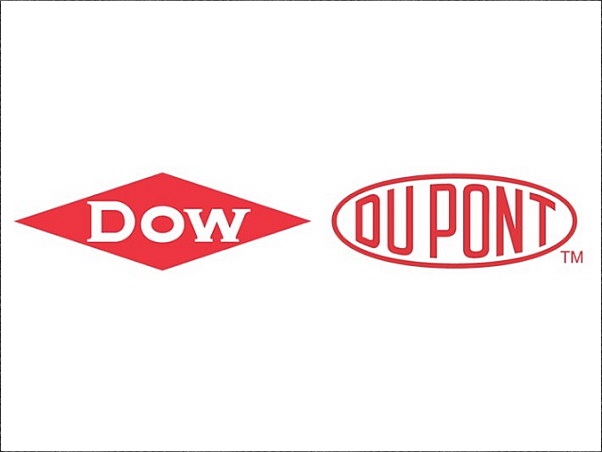Date: 11 May 2002
Duthilleul, Francois Bonnefille and Etienne Tricaud, architects with AREP, the architectural branch of France's Société Nationale des Chemins de Fer (SNCF).
The Avignon station (completed: 2001) is innovative in that it is built to accommodate the entire 340 m length of the 'double TGV' train; ticketed passengers are allotted the space on the platform nearest their booked train seat in order to minimize bustle and stress. Waiting for - and alighting from - trains, in the midst of the lovely, lavender-filled views and Provencale light that floods from the transparent, laminated glass north façade, has never been so pleasurable an experience. The north façade of glass curves up from the ground, continuing into the roof to meet the south façade, which is made of concrete. While giving a maximum feeling of openness, the glazed façade shelters passengers 'invisibly' from the famous Mistral wind and rain and the hot, Mediterranean sun.
Working with architectural engineers RFR of Paris, contractor The Gartner Group of The Netherlands and laminator Glaverbel of Belgium, Duthilleul and his associates at AREP designed a curved façade and wall of laminated glass with spectacular effect.
Architect Bertrand Toussaint of RFR explained: "Because of the widespread use of glass, the accumulated force of the hot sun on the walls and roof amounts to no less than 1,000 Watts per hour! However, the laminated glass construction with its ceramic frit reduces this heat build-up to 350 Watts per hour, which translates into a pleasant ambient temperature for people inside the station. The laminated glass construction reduces air conditioning bills substantially, so that the station only requires air freshening, which uses significantly less energy." The end walls of the platform are constructed of laminated glass sliding doors, to complete the feeling of openness. The south façade of concrete keeps out the worst of the sun's heat and glare.
The use of laminated glass means that the design team could meet safety legislation regarding horizontal glazing and seismic loading, important since Provence is subject to minor earthquakes. The use of a progressive white ceramic frit and a Low-E coating within the north-oriented, laminated glass facade means that the facade is transparent at eye level, while glare from the sun is prevented where the frit is most dense, at ceiling level.
RFR's Toussaint said: "The curved form of the façade is generated by the intersection of two toroidal surfaces; the façade curves vertically up from the ground to the roof, and the railway track is also curved. The intersection of the two tori results in the unusual geometry of the Avignon station's building envelope. The building tapers towards the ends, corresponding with a decreasing number of passengers along the platform. It ultimately ends in a low profile that reconciles the building with the wide-open landscape. This complex geometry makes way for the successful interface between the multiple construction systems used." Laminated glass panels overlap each other, covering an invisible, triangular steel frame that forms the superstructure for the opaque and transparent skins of the station.
The 2002 DuPont Benedictus Awards judges said: "There is an openness about this long, linear platform space, which would otherwise be a corridor experience. The opaque and transparent glass walls are set off against each other in a handsome way."


Add new comment